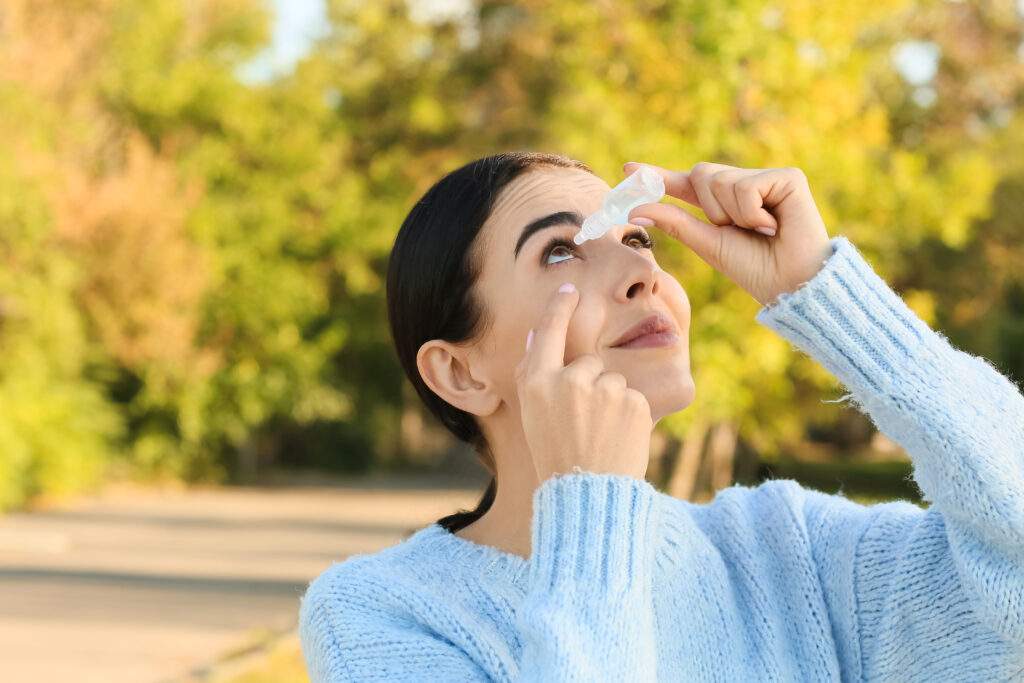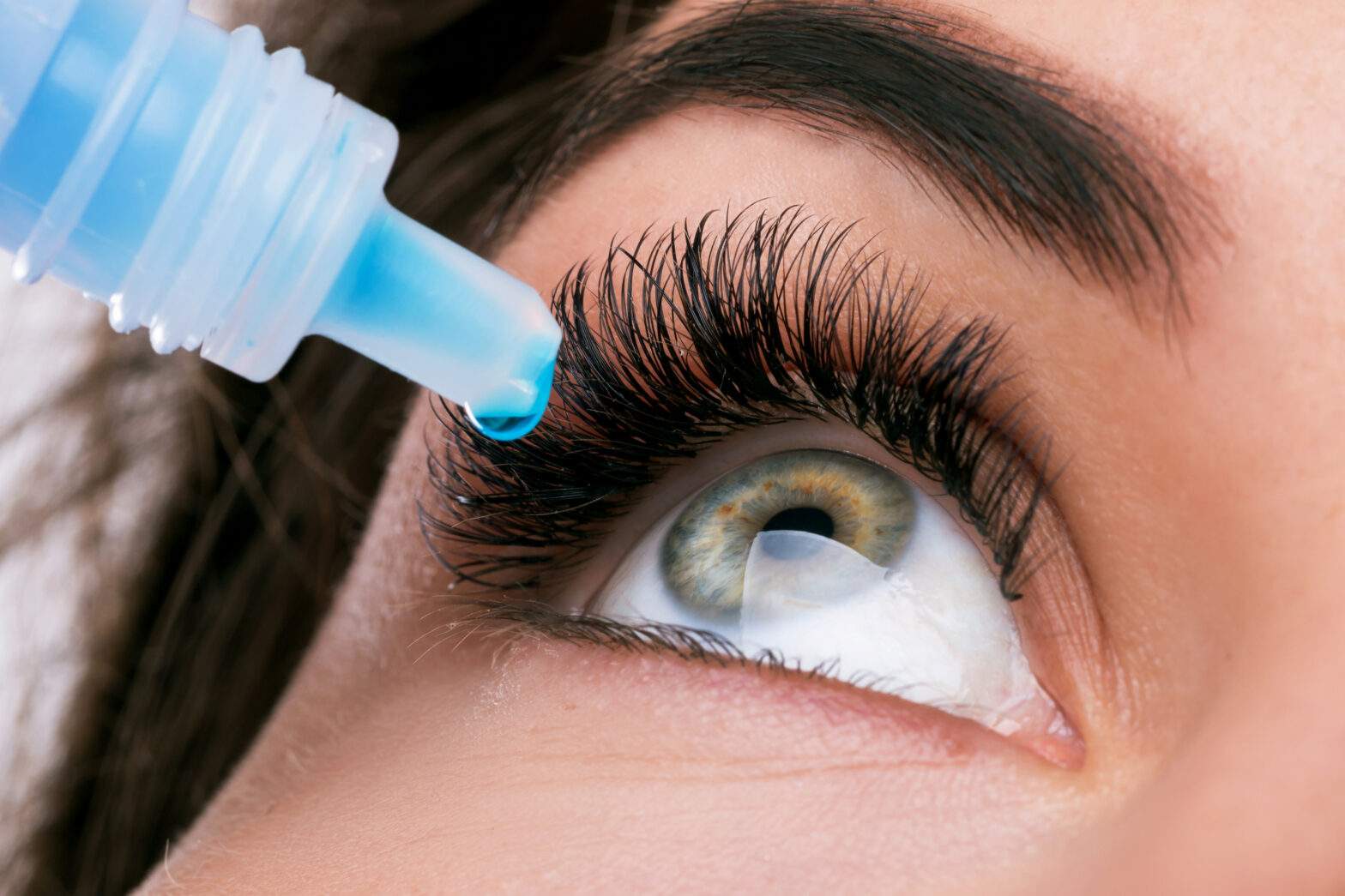Dry eye syndrome can make everyday tasks uncomfortable, from working on a computer to spending time outdoors, which can affect tear production. Standard treatments do not always give enough relief, which is why many people look for more tailored options. Compounded eye drops provide a customised solution that targets your specific needs and helps manage dry eye symptoms more effectively.
You benefit from compounded eye drops because they can be made with the right ingredients and strengths for your condition. Unlike off-the-shelf products, these drops can be adjusted to suit your eyes and provide consistent comfort. This personalised approach gives you more control over your treatment.
When you choose compounded eye drops, you also gain support from pharmacists who understand how to prepare treatments that fit your situation, especially for ocular irritation and surface inflammation. With the right guidance, you can use these drops safely and improve your daily comfort.
Key Takeaways
- Compounded eye drops offer a customised way to manage dry eye symptoms
- Tailored formulations provide more effective and consistent relief
- Expert guidance helps you use compounded eye drops with confidence
How Compounded Eye Drops Address Dry Eye Syndrome
Compounded eye drops can be tailored to meet your specific needs when standard products do not provide enough relief, particularly in cases of more severe disease . They target the ocular surface in different ways, reduce irritation from preservatives, and allow you to choose from a range of formulations designed for dry eye disease.
Mechanisms of Action for Compounded Eye Drops
When you use compounded eye drops, they work by stabilising and protecting the tear film. This helps relieve symptoms like redness, blurred vision, and the gritty feeling often linked with dry eye syndrome, and it can also help prevent corneal surface damage. By improving tear volume, the ocular surface stays hydrated for longer periods.
Compounded formulations often include ophthalmic demulcents and emollients. These ingredients coat the eye, soothe irritation, and reduce friction from blinking. Substances such as methylcellulose can thicken the drops, which increases retention time on the eye.
You may also benefit from customised concentrations of active ingredients, including autologous serum eye drops. For example, some compounded eye drops can include anti-inflammatory properties to address underlying irritation in dry eye disease. This approach goes beyond simple moisture replacement and provides targeted relief.
By directly addressing tear film instability and ocular surface stress, compounded eye drops give you more consistent support for your ocular symptoms than standard artificial tears alone.
Role of Preservative-Free Formulations in Dry Eye Management
Many commercial eye drops contain preservatives like benzalkonium chloride. While these extend shelf life, they can irritate the ocular surface and worsen dry eye symptoms, especially with frequent use.
Compounded preservative-free eye drops avoid this problem and can be used in conjunction with topical steroids. They are prepared in sterile conditions and packaged in single-use vials or special bottles that maintain sterility without chemical preservatives. This reduces the risk of further damage to sensitive eyes.
If you have advanced dry eye disease (DED) or autoimmune-related ocular surface disorders, preservative-free formulations are often recommended. They allow you to use drops as often as needed without adding to irritation.
By removing preservatives, compounded eye drops provide a safer option for long-term dry eye relief and help to mimic natural tears.
Types of Compounded Eye Drops for Dry Eye Relief
You can access different types of compounded eye drops depending on your symptoms and the severity of dry eye syndrome. The most common are liquid artificial tears and gel artificial tears.
Liquid artificial tears provide quick, short-term moisture. They are useful if your eyes feel dry during the day and you need frequent relief. Gel artificial tears are thicker, last longer on the ocular surface, and work well at night or in cases of severe dryness.
Compounded eye drops can also include preservative-free formulations, tailored concentrations of lubricants, and specialised ingredients for patients with unique needs. This flexibility allows you to manage dry eye disease with a solution that fits your lifestyle and level of ocular discomfort.
By offering a range of options, compounded eye drops give you more control over managing dry eyes and improving comfort throughout the day.

Selecting and Using Compounded Eye Drops for Optimal Results
You need to think about how your lifestyle, eye health, and existing treatments affect the way you use compounded eye drops. The right approach can improve comfort, reduce irritation, and support long-term eye health.
Considerations for Contact Lens Wearers
If you wear contact lenses, you must pay close attention to the type of drops you use. Some compounded formulas are designed to be compatible with soft or rigid lenses, while others may need to be applied before or after lens wear. Using the wrong type can cause clouding, irritation, or reduced lens life.
Your eye doctor may suggest preservative-free compounded drops. Preservatives can build up on lenses and make dry eye symptoms worse. Preservative-free options reduce this risk and are often safer for long-term use.
Timing is also important. You may need to apply drops at least 15 minutes before inserting your lenses. This prevents the solution from being trapped under the lens, which can cause discomfort.
If you already use products like Systane Ultra or Refresh Optive Mega-3, your optometrist may recommend alternating them with compounded drops. This can provide extra hydration without interfering with lens use.
Managing Specific Conditions with Compounded Eye Drops
Compounded eye drops can be tailored to conditions that standard products may not address. For example, if you have meibomian gland dysfunction (MGD), your drops may include ingredients that improve oil layer stability. This helps reduce tear evaporation and keeps your eyes moist for longer.
Patients with lagophthalmos, where eyelids do not fully close, often need thicker formulations. These drops coat the eye for longer periods, especially overnight. This reduces the risk of damage from exposure.
If you have allergic conjunctivitis, compounded drops may include antihistamine or anti-inflammatory components. These can ease itching and redness while also treating dryness caused by allergies.
For patients with severe dry eye who already use treatments like punctal plugs, compounded drops can be adjusted to complement these therapies. This ensures you get the most benefit without overlap or reduced effectiveness.
Consulting Eye Care Professionals for Personalised Treatment
Your optometrist or ophthalmologist plays a key role in choosing the right compounded formula. They can assess how your eyes respond to current treatments, such as over-the-counter lubricants, and decide if a customised option is needed.
Regular check-ups are important. Your eye doctor can monitor changes in your tear film, lens use, or medical conditions that affect eye health. This allows them to adjust the formula as needed.
A personalised plan may include combining compounded drops with other therapies, such as warm compresses. For example, you might use compounded drops during the day and thicker ointments at night. Your doctor can guide you on the best routine.
By working closely with your eye care professional, you make sure that your treatment is safe, effective, and suited to your specific needs. This approach helps you manage dry eye more consistently and comfortably.
Have Dry Eyes? Learn More About Compounding Eye Drops at McKenzie’s Compound Chemist Today!
If you’re struggling with dry eye syndrome, compounded eye drops offer a personalised and effective solution tailored to your unique needs. With customised formulations, preservative-free options, and expert guidance, these drops can provide the relief you need to manage your symptoms and improve your daily comfort.
For a more tailored approach to managing dry eyes, reach out to McKenzie’s Compounding Chemist today and discover how our compounded eye drops can help you find long-lasting relief.

